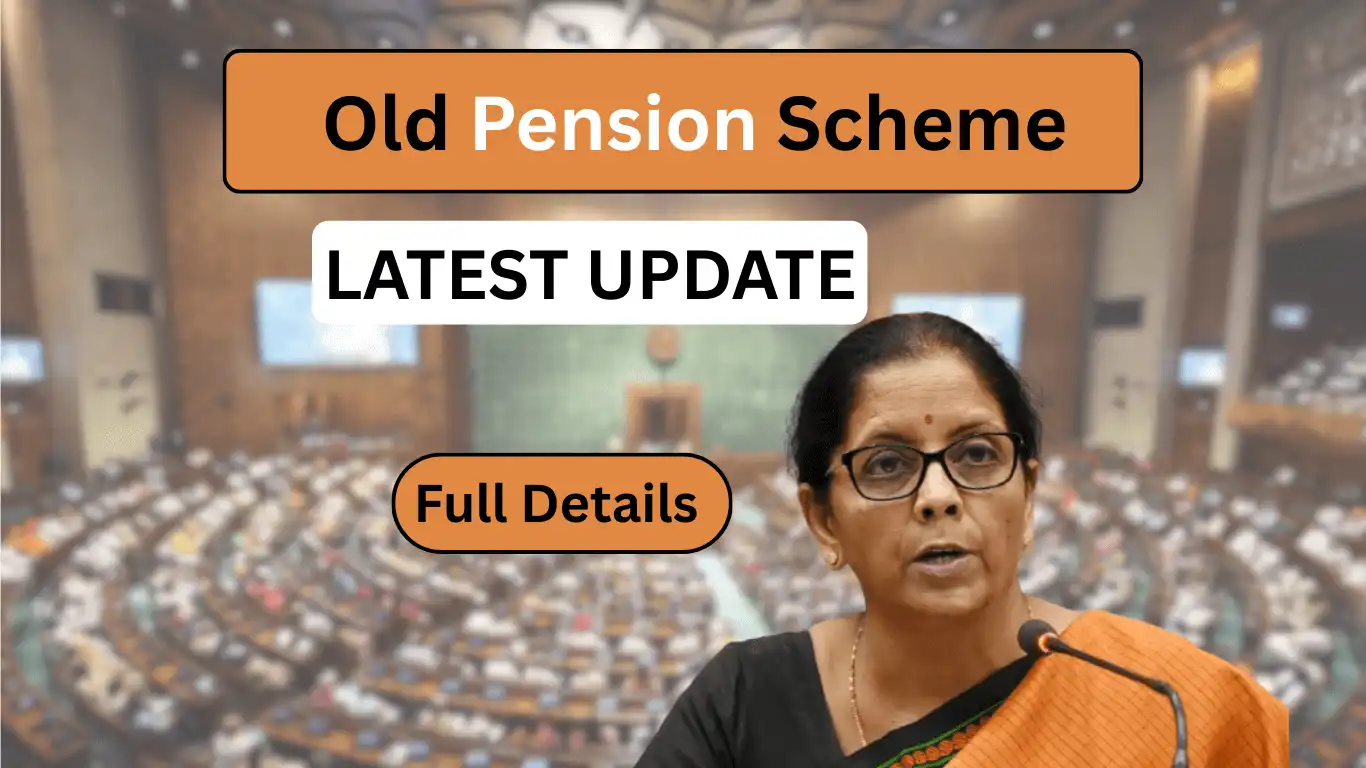Under the Old Pension Scheme (OPS), government employees contributed minimally during service, and upon retirement received a guaranteed pension equal to half of their last pay drawn, adjusted for dearness allowance and other benefits. The scheme was financed on a pay‑as‑you‑go basis, meaning current employees’ salaries funded the pensions of retirees, without any dedicated corpus or market investment component .
Transition to NPS in 2004
In January 2004, the Union Government replaced OPS with the New Pension Scheme (NPS) to curb mounting pension liabilities. Under NPS, both employee and government contributions (typically 10 % and 14 % of salary, respectively) are invested in financial markets, and retirement benefits depend on the accumulated corpus and market performance.
Why OPS Is Back in the Spotlight in May 2025
Union Government Deliberations
The Ministry of Finance held high‑level meetings in early May 2025 to reassess pension outlays, driven by mounting pressure from employee unions and states that have unilaterally reinstated OPS. While no formal decision has emerged, insiders suggest the Centre is considering a hybrid approach that restores defined benefits for existing employees, coupled with contributory funding for new recruits.
State‑Level Reversions
- Rajasthan: The state legislature reinstated OPS for its employees in 2023, with former CM Ashok Gehlot defending the move as recognition of NPS’s shortcomings.
- Chhattisgarh: All government employees appointed from April 2022 onward were mandatorily placed under OPS, prompting a ₹17,000 crore demand on the Centre for its share of pension liabilities.
- Himachal Pradesh: The Cabinet recently resolved to continue OPS, even though nearly ₹9,000 crore of employee contributions under NPS remain with the Centre.
- Punjab and Jharkhand: Both are in advanced stages of reintroducing OPS, pending budgetary approvals.
OPS vs. NPS vs. UPS: Comparative Analysis
| Feature | OPS | NPS | UPS |
|---|---|---|---|
| Pension Type | Defined benefit (½ last pay) | Defined contribution (market‑linked returns) | Defined benefit (50 % last pay) |
| Funding Mechanism | Pay‑as‑you‑go (no corpus) | Employee + government contributions to corpus | Government budgeted liability |
| Risk Bearer | Government | Employee (investment risk) | Government |
| Cost Implication (RBI) | 4.5× fiscal burden of NPS | Moderate, market‑dependent | Estimated ₹70 billion for FY 2024‑25 (Reuters) |
| Recruitment Applicability | All serving employees | New hires since 2004 | Federal employees with ≥ 25 years |
Financial Implications
An RBI study warns that reverting entirely to OPS would inflate pension outgo to roughly 4.5 times the current NPS cost, risking unsustainable fiscal stress by mid‑century. Another analysis estimates state liabilities could reach 0.5–0.6 % of GDP by 2050 under OPS, versus 0.1 % under NPS.
Stakeholder Perspectives
Employee Unions
Unions contend NPS fails to guarantee retirement income, exposing pensioners to market volatility. They have staged strikes and demonstrations nationwide, demanding OPS’s full restoration.
Economists and RBI
Economists caution that while OPS secures retirees, its unfunded nature exacerbates government deficits. The RBI study advises against a blanket return, suggesting a calibrated hybrid model instead.
Political Leadership
Some state leaders—citing political commitments—have prioritized OPS to fulfill electoral promises, even as they press the Centre for financial support to meet rising pension bills. The Union Government, mindful of fiscal prudence, is exploring UPS as a middle path.
Can OPS Return Nationwide? Prospects and Pathways
Hybrid Pension Models
A likely outcome is a tiered framework: existing employees revert to OPS, while new entrants join a reformed NPS or UPS. Such an approach balances guaranteed benefits with long‑term fiscal sustainability.
Legislative and Budgetary Hurdles
Reinstating OPS nationally requires parliamentary approval and significant budget allocations. In the Interim Budget 2025, the government sought ₹514.6 billion extra expenditure, including ₹70 billion earmarked for UPS rollout—signaling willingness to address pension concerns but stopping short of full OPS funding.
Timeline for Decision
Official announcements are expected in the monsoon session of Parliament (July 2025). Employees should monitor Finance Ministry releases and union communiqués for confirmation.
Expert Recommendations
- Phased Rollout: Apply OPS restoration selectively to pre‑2004 hires, while channeling new recruits into a strengthened NPS with defined‑benefit minimum guarantees.
- Dedicated Pension Fund: Establish an autonomous pension corpus to pre‑fund Old pension scheme liabilities, reducing pay‑as‑you‑go pressures.
- Periodic Reviews: Institute a pension oversight board to calibrate contribution rates, benefits, and investment strategies biennially.
- Stakeholder Dialogue: Continue tripartite discussions among government, unions, and economists to refine the hybrid pension architecture.
Conclusion
The Old Pension Scheme’s potential revival reflects deep concerns over retirement security under market‑linked pensions. While several states have already embraced Old pension scheme to honor worker demands, a nationwide return hinges on balancing guaranteed benefits with fiscal realism. The emerging Unified Pension Scheme offers a partial remedy, but experts advocate for a nuanced hybrid model and pre‑funded corpus to ensure both retiree welfare and macroeconomic stability. As Parliament readies for debate in mid‑2025, government employees should stay informed through official releases and union advisories to understand how the final pension framework will shape their retirement futures.








